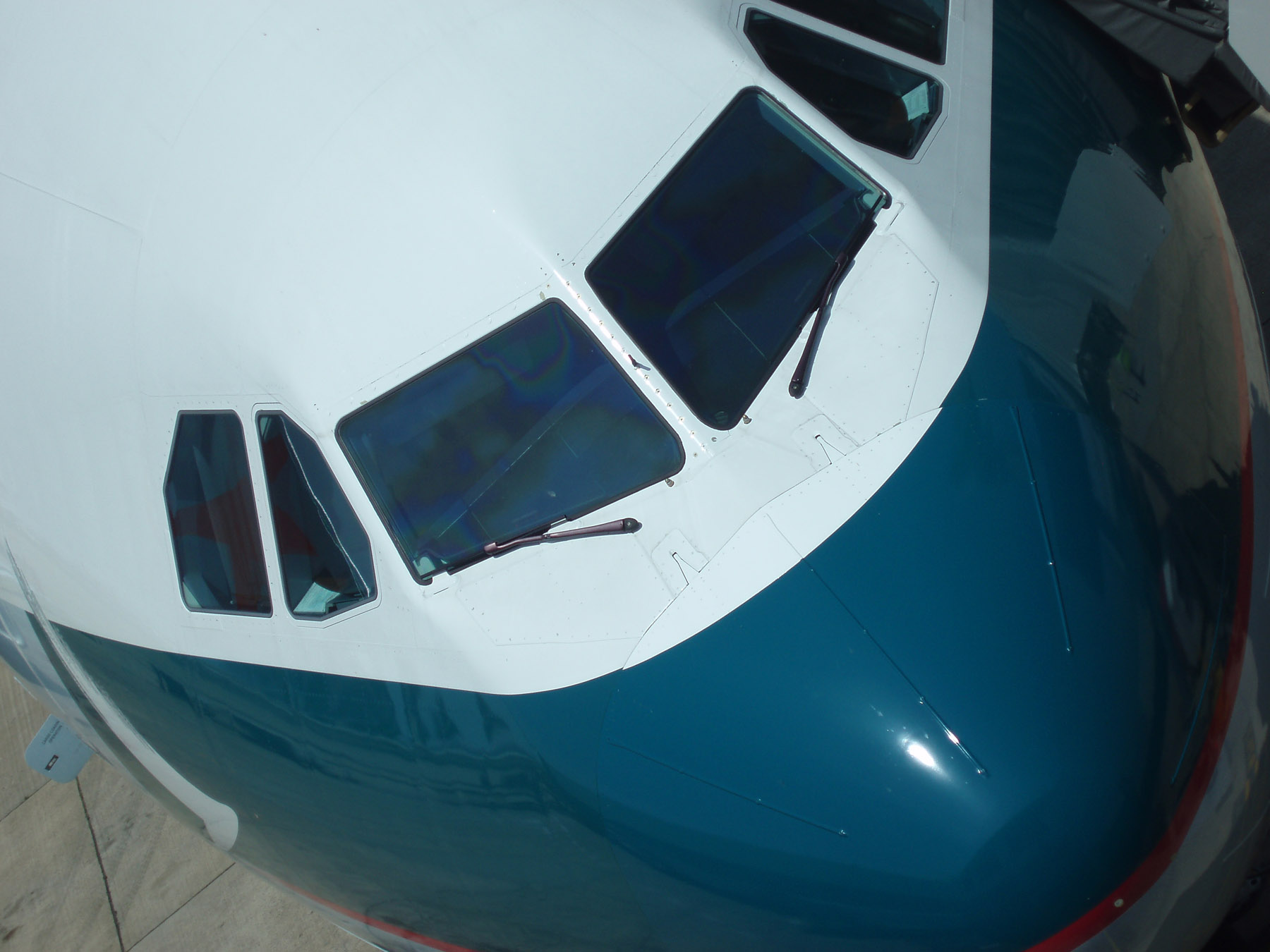 |
China is among those objecting. Although the EU will be allocating 80% of emissions permits free to reduce the cost to airlines, the China Air Transport Association states that it will cost Chinese airlines $123 million in the first year and triple that by 2020. Surely then, the solution is to ensure greater occupancy on flights (with potentially fewer flights) and accelerate the introduction of more fuel efficient aircraft.
In Oslo this week the US Administration has also stated its strong objections and is seeking an exemption for US airlines landing or taking off from European airports. Several US airlines (including American Airlines and Continental Airlines) are seeking to challenge the EU legislation in the European Court. The case is due to be heard on 6 July.
One can understand why this unilateral EU initiative is not popular. Tim Clarke, Chief Executive of Emirates Airline has suggested that it will spawn ETS in Asia, Australasia, the Middle East. Those governments opposing the inclusion of aviation emissions in national targets have argued that this is just too complicated and there is no agreed basis for how to apportion such emissions. This European legislation could expose the fallacy of this argument leaving the recalcitrant US and Chinese emperors looking distinctly naked.